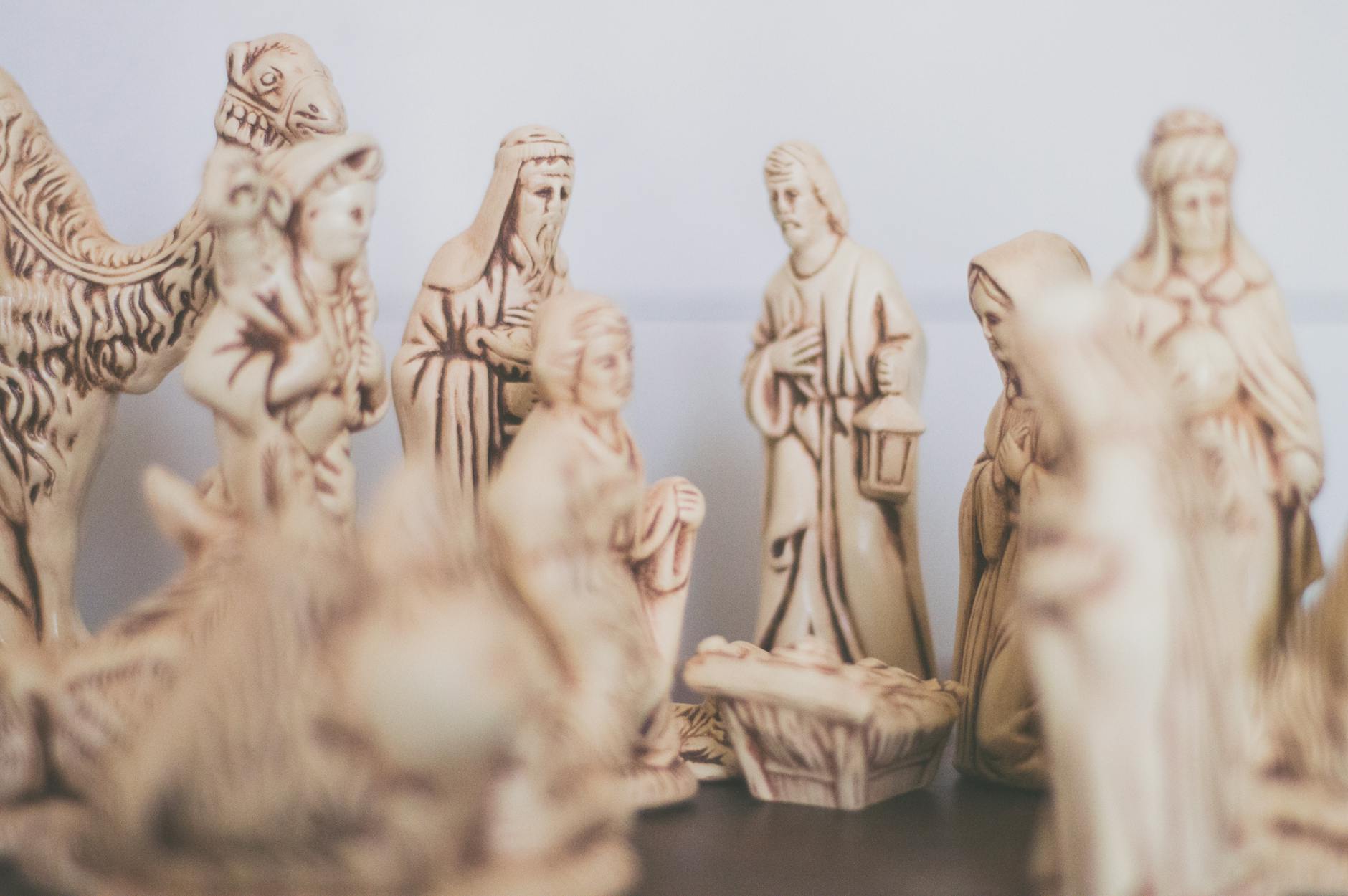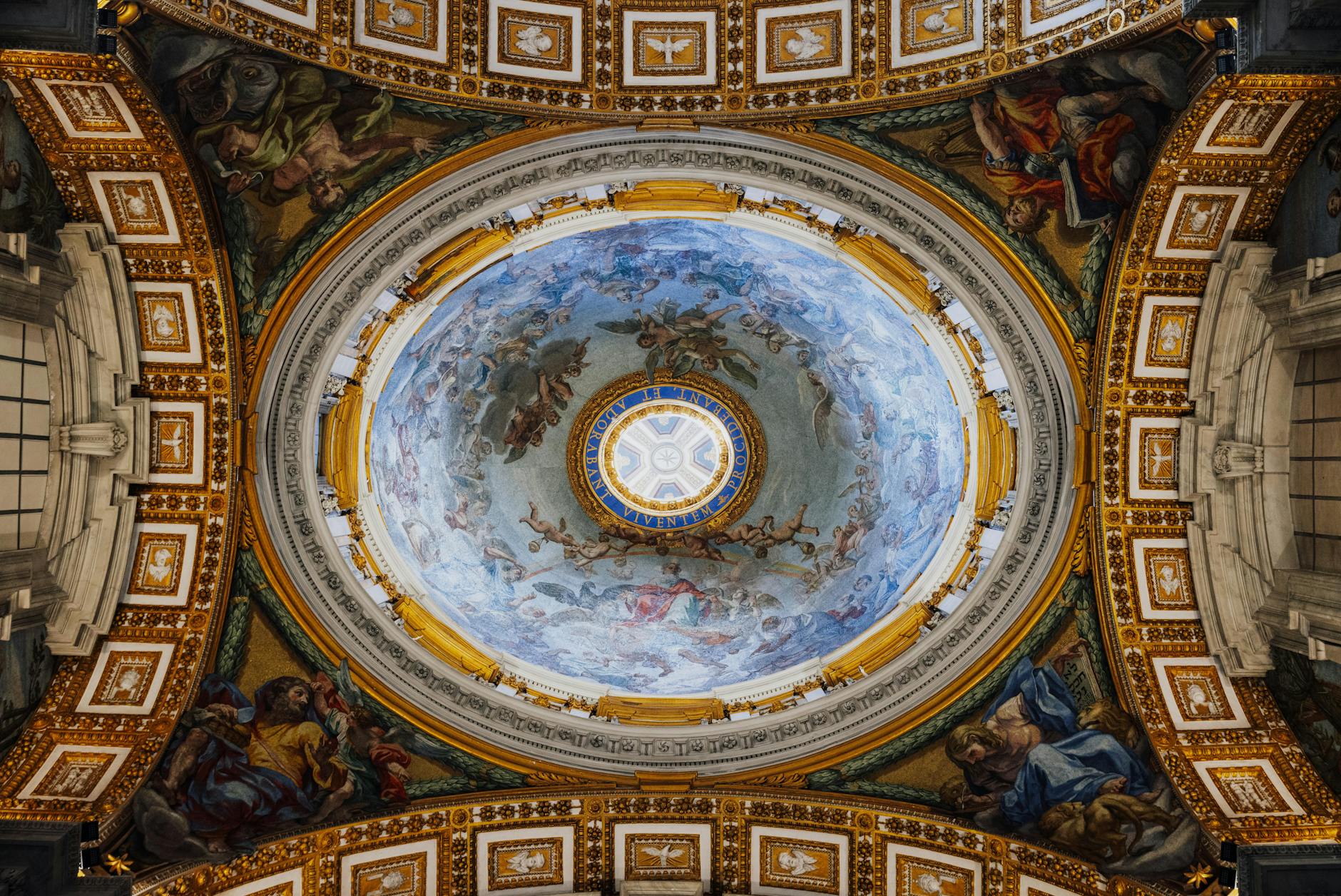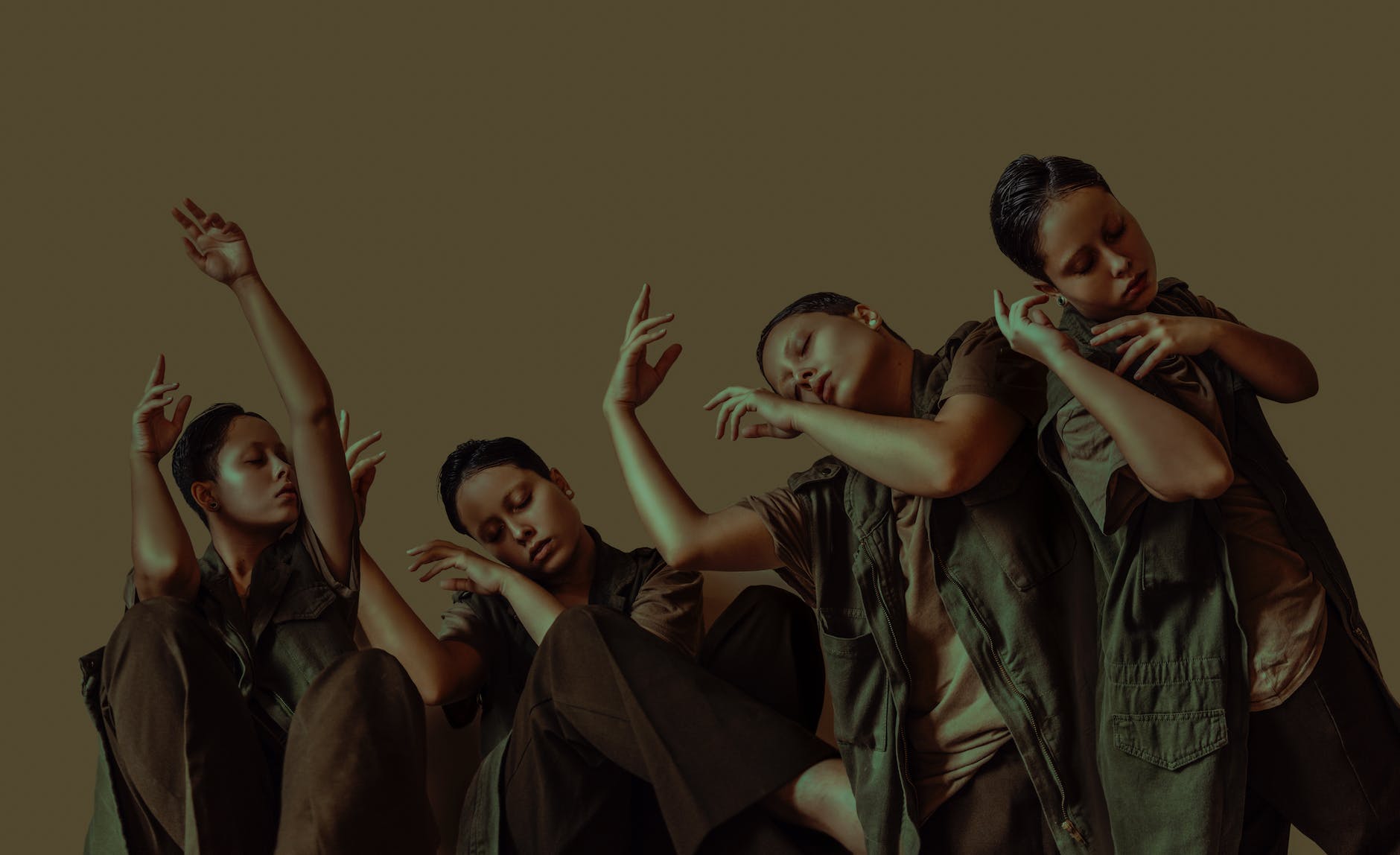Beyond its vibrant palettes and swirling motifs, psychedelic art is associated with transformative, spiritual experiences. This form of artistic expression has evolved significantly over thousands of years, displaying the profound impact of human consciousness on creativity.
Psychedelic art can trace its lineage back to ancient cultures. Indigenous art, for instance, retains essential elements that mark the origins of psychedelic visuals. The cave paintings of indigenous Australian tribes are replete with symbolic imagery depicting spiritual experiences. Complex geometric patterns, vibrant color palettes, and mystic creature figures mirror overarching themes of psychedelia.
Ancient cultures found in the Americas demonstrate similarly visionary art styles. Unearthed Mayan artifacts, for instance, revealed intricate visages rendered with iridescent minerals on pottery and sculpture. These paintings encapsulate trance-like states, echoing an early connection between artistic techniques and spiritual exploration.
This connection was further explored by counterculture in the 1960s, with artists seeking to redefine their approach to the visual world. The counterculture movement embodied a significant time in modern history when psychedelic art blitzed its way into the public domain. Artists like Alex Grey became prominent figures in this new wave, creating ethereal, interwoven scenes epitomizing concepts of unity, interconnectedness, and higher states of consciousness.
Notions of enlightenment and spirituality provided a thematic foundation for psychedelic art, which is embodied strongly in Eastern philosophies. Buddhist and Hindu traditions heavily influenced the counterculture artists, as seen in vibrant mandalas and god figures rendered in intricate detail. The union of Eastern philosophy and psychedelic visual language became an emblem of the era’s resistance against conventional thinking and societal norms.
However, the psychedelic art movement did not end with the counterculture era. Today, we are witnessing what many experts refer to as a ‘psychedelic renaissance’. The present-day resurgence of this art form is not only a testament to the enduring appeal of its trippy visuals, but also evidence that our collective quest for spiritual understanding persists.
Advancements in digital technology have charged this artistic revival, providing a multitude of new tools for visionary artists. Modern masters such as Android Jones and Amanda Sage are leading the forefront of the digital psychedelic movement, employing cutting-edge software to produce glowing, surreal landscapes that captivate and inspire audiences.
These modern psychedelic artists, much like their countercultural predecessors, continue to push the boundaries of artistic innovation. They have proven successful in merging old techniques with new technology, demonstrating the flexibility and enduring appeal of this artistic style.
Moreover, this artistic renaissance has illuminated the importance of psychedelic art as a medium for expressing more profound feelings and experiences. It serves to break down the barriers of perception, demonstrating that there are many ways to view and understand the world around us.
The evolution of psychedelic art, from the symbolic narratives of ancient cultures to the electric spectacles of the contemporary movement, is a testament to the potent and persistent connection between art and consciousness. This form of artistic expression continues to evolve with society, serving as a vivid reflection of our collective search for meaning.
Psychedelic art has proven itself to be more than an aesthetic trend — it is a dynamic, expansive creative force that ignites our imagination, challenges our perceptions, and inspires us to explore the depths of human consciousness. In its vivid play of color, light, and form, it encourages us to dream, to imagine, and to embark on our own spiritual journeys.








